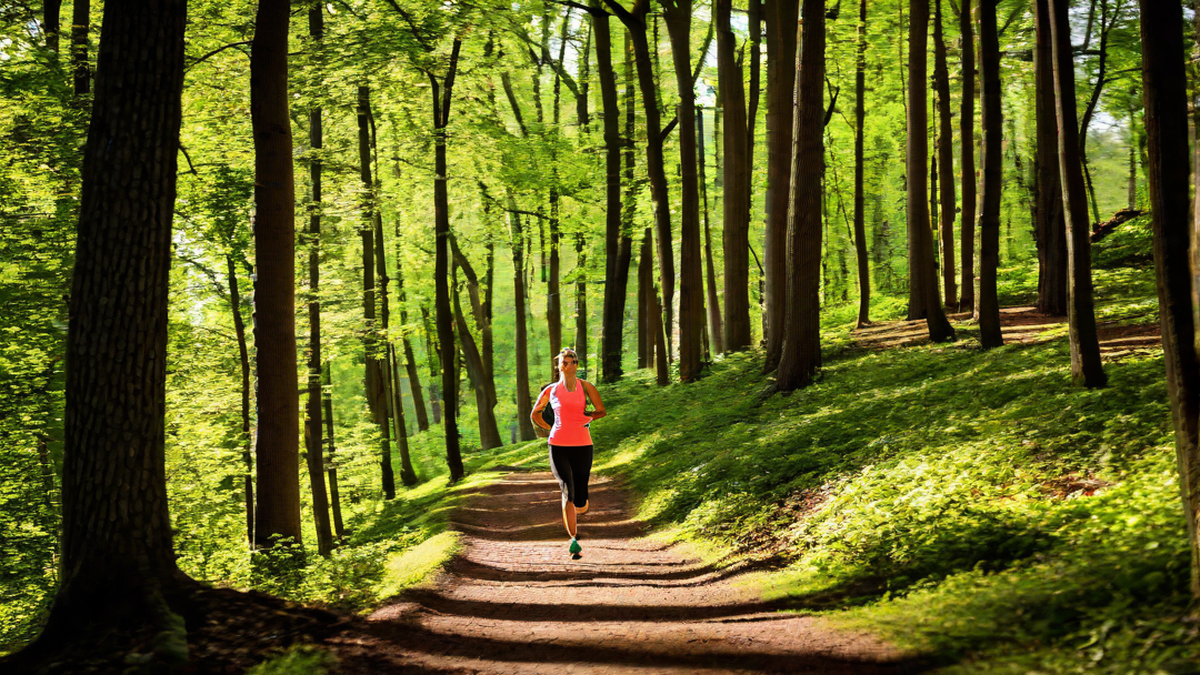When it comes to running efficiently and effectively, finding the right stride length is key. As a runner myself, I have spent countless hours researching and experimenting with different stride lengths to optimize my performance. In this article, I will share my personal insights and provide you with a comprehensive guide to finding the perfect stride length for running.
What is Stride Length?
Before we dive into the specifics, let’s first understand what stride length actually means. Stride length refers to the distance covered in a single step while running. It is typically measured from the heel strike of one foot to the next heel strike of the same foot.
Many factors can influence stride length, including leg length, flexibility, running speed, and running technique. The optimal stride length varies from person to person, and finding the right one for you can greatly improve your running efficiency and reduce the risk of injury.
Factors to Consider
When determining your ideal stride length, there are several factors that you should take into consideration:
- Leg Length: Individuals with longer legs tend to have a naturally longer stride length. However, it is essential to remember that the length of your legs is not the sole determinant of the optimal stride length. Other factors such as your running mechanics play a crucial role as well.
- Running Speed: Your stride length will naturally vary depending on your running speed. As you increase your pace, your stride length will typically lengthen. Conversely, when running at a slower pace, your stride length will shorten.
- Running Mechanics: Your running technique and mechanics also influence your stride length. Proper posture, foot strike, and arm movement all contribute to an efficient stride length.
- Flexibility: Your flexibility, particularly in the hips and hamstrings, can affect your stride length. Having adequate flexibility allows for a longer stride, while tightness in these areas may result in a shorter stride length.
How to Find Your Optimal Stride Length
Finding your optimal stride length requires a bit of experimentation and self-awareness. Here’s a step-by-step approach to help you dial in on the right stride length for you:
- Start with your natural stride: Begin by running at a comfortable pace that feels natural to you. This will give you a baseline to work with.
- Gradually increase stride length: Slowly increase your stride length by taking slightly longer steps. Be mindful not to overextend or force the stride; instead, let it come naturally.
- Assess your comfort and efficiency: Pay attention to how your body feels as you increase your stride length. Does it feel smooth and efficient, or do you feel strained or off-balance?
- Experiment with different lengths: Once you have a starting point, try running with shorter and longer stride lengths to compare how they feel. Focus on finding a balance between comfort and efficiency.
- Seek professional guidance: If you’re struggling to find the optimal stride length on your own, consider consulting with a running coach or a physical therapist who can provide expert guidance tailored to your specific needs.
The Importance of Stride Length
Having the right stride length plays a significant role in your overall running performance. When you find the perfect balance, you’ll experience several benefits:
- Efficiency: A proper stride length allows you to cover more ground with each step, leading to improved running efficiency.
- Reduced Risk of Injury: Running with an appropriate stride length can help reduce the risk of overstriding, which can put excessive stress on your joints and lead to injuries.
- Optimal Cadence: Stride length and running cadence go hand in hand. By finding the right stride length, you can maintain an optimal cadence, which is typically around 180 steps per minute.
Conclusion
While there is no one-size-fits-all answer to what constitutes a perfect stride length, taking the time to find the right one for you can greatly enhance your running experience. Remember, it’s all about finding a balance between comfort, efficiency, and injury prevention. By paying attention to your body and experimenting with different stride lengths, you’ll be well on your way to running at your best.

